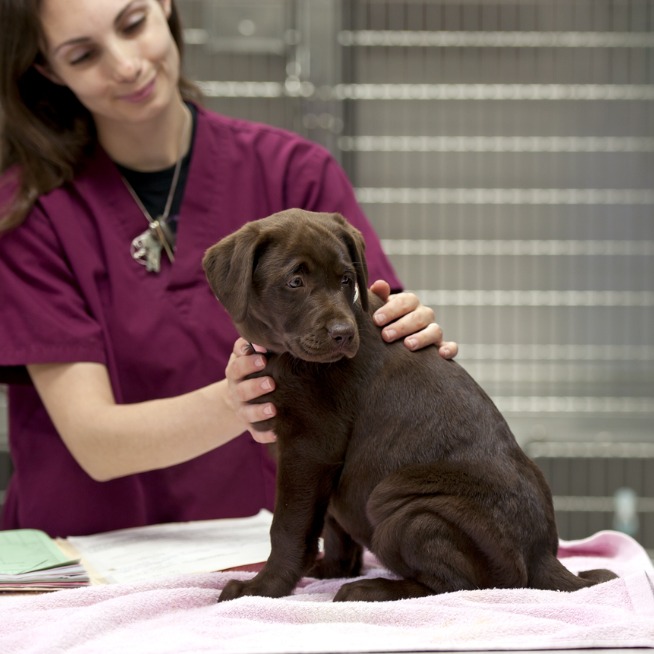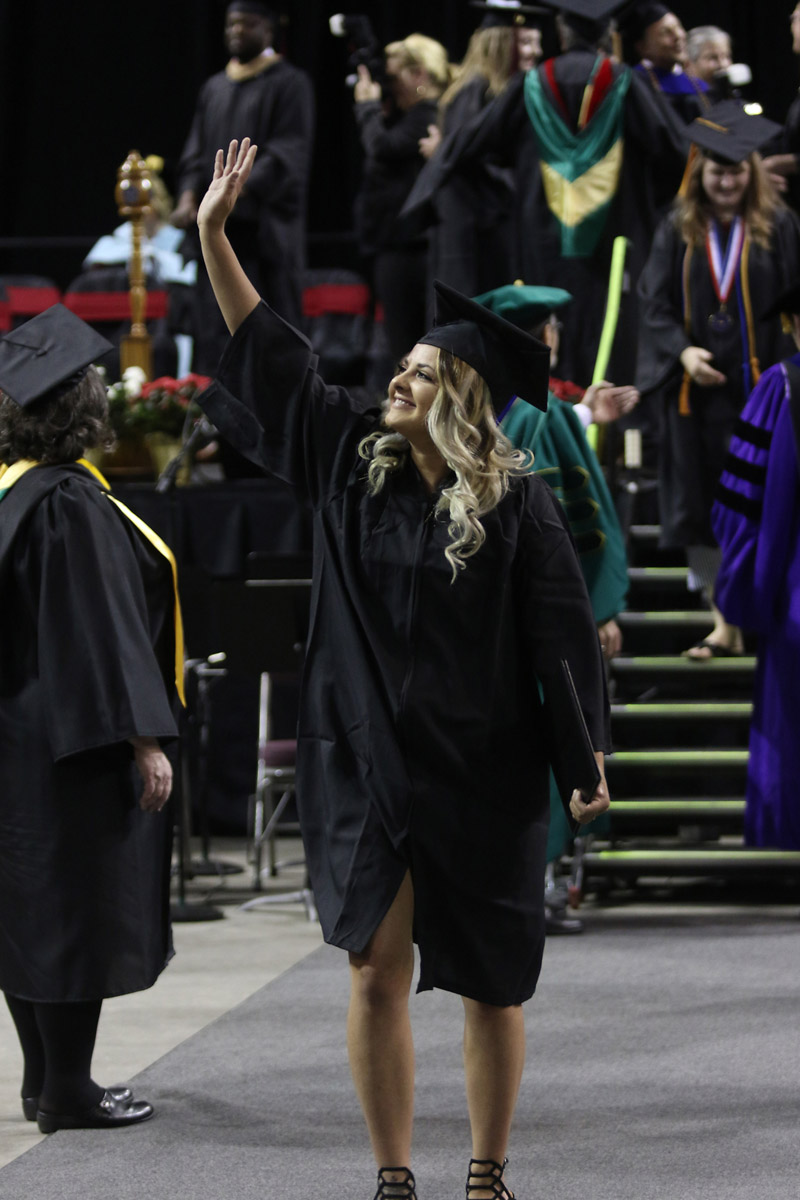Degree Type: Certificate, CER
Pathway: Science, Engineering and Math
Veterinary Assisting is the perfect career path for animal lovers. Our program offers hands-on training that prepares you to work in diverse settings, including veterinary clinics, research labs, wildlife rehabilitation centers, and livestock care. You’ll learn about pharmacology, parasitology, surgical procedures, exotic and large animal care, radiology, and humane restraint techniques. With experienced faculty and strong industry connections, PPSC provides the knowledge and skills you need to thrive in the veterinary field.


The Veterinary Assistant certificate program provides training in veterinary health and handling of a variety of domestic animals with the focus on tasks for assisting the Veterinary Technician and Veterinarians to become a part of the veterinary medical team.
To work in this field, you may be required to obtain state licensure. Be sure to check state licensure requirements for the state or territory where you are currently located and/or intend to work. Learn more about professional licensure and check to see if our program meets the requirements in your state or territory.
Ready for a career where every day is an exciting adventure? Turn your passion for animals into a lifelong career with our Zoo Keeping Technology program! One of only six programs nationwide, we offer hands-on experience in caring for endangered species. You’ll dive into conservation, animal husbandry, exhibit design, biology, and preventative medicine. Graduates enjoy rewarding careers in zoos, wildlife preserves, humane societies, and aquariums.
Explore Zoo KeepingWhen you study Biology at PPSC, you will learn from faculty with diverse areas of study and life experiences. With an associate degree, you could get a job as a lab technician. If you pursue advanced degrees, you could go into fields like nursing, dentistry, pharmacy, veterinary medicine, and public health.
Explore BiologyCareer and Technical Education (CTE) – Notice of Non-Discrimination and other disclosures.